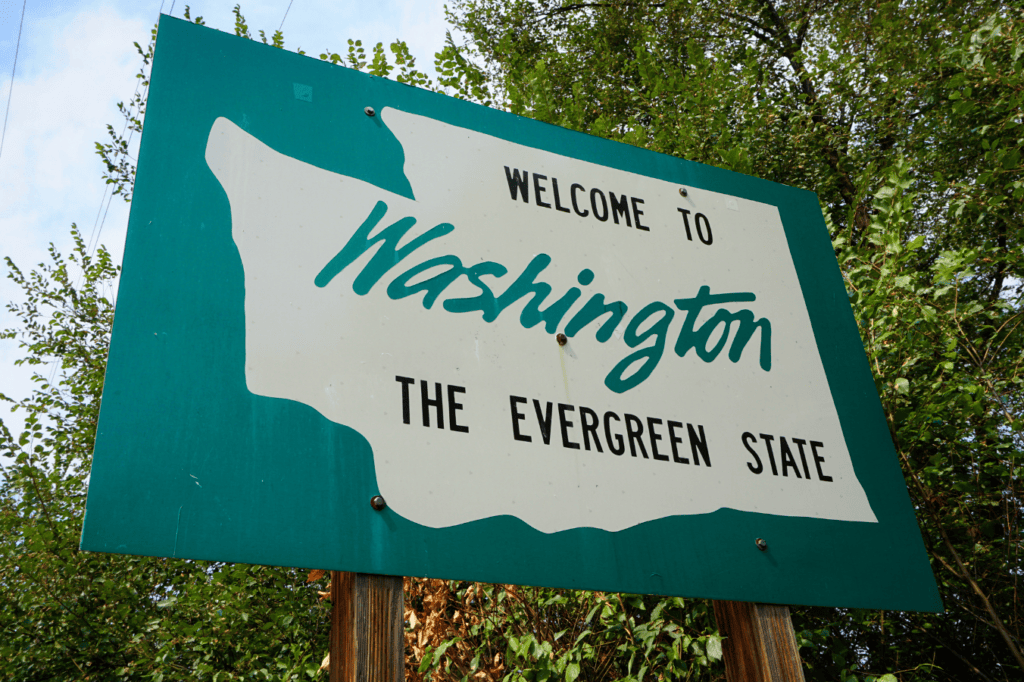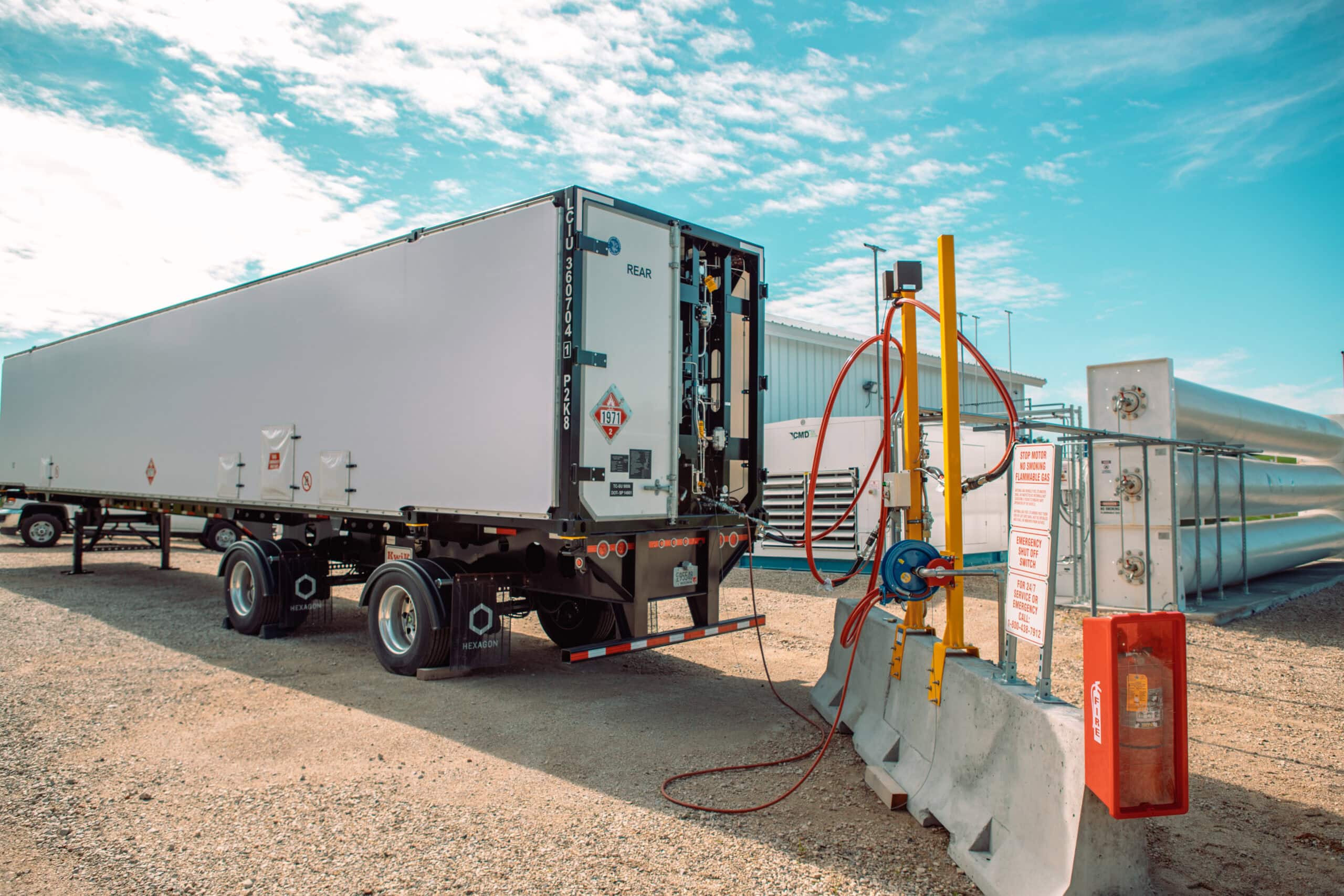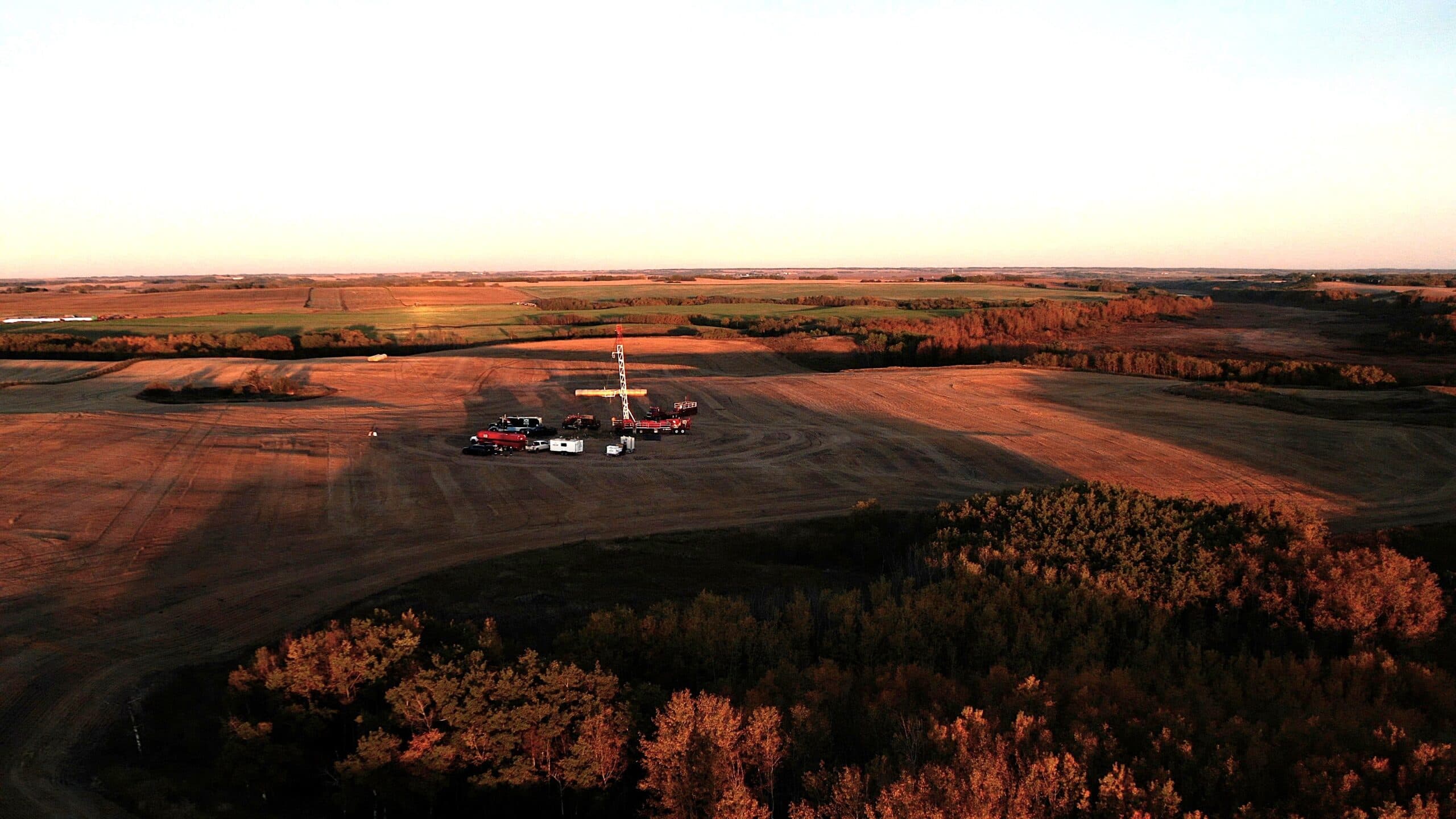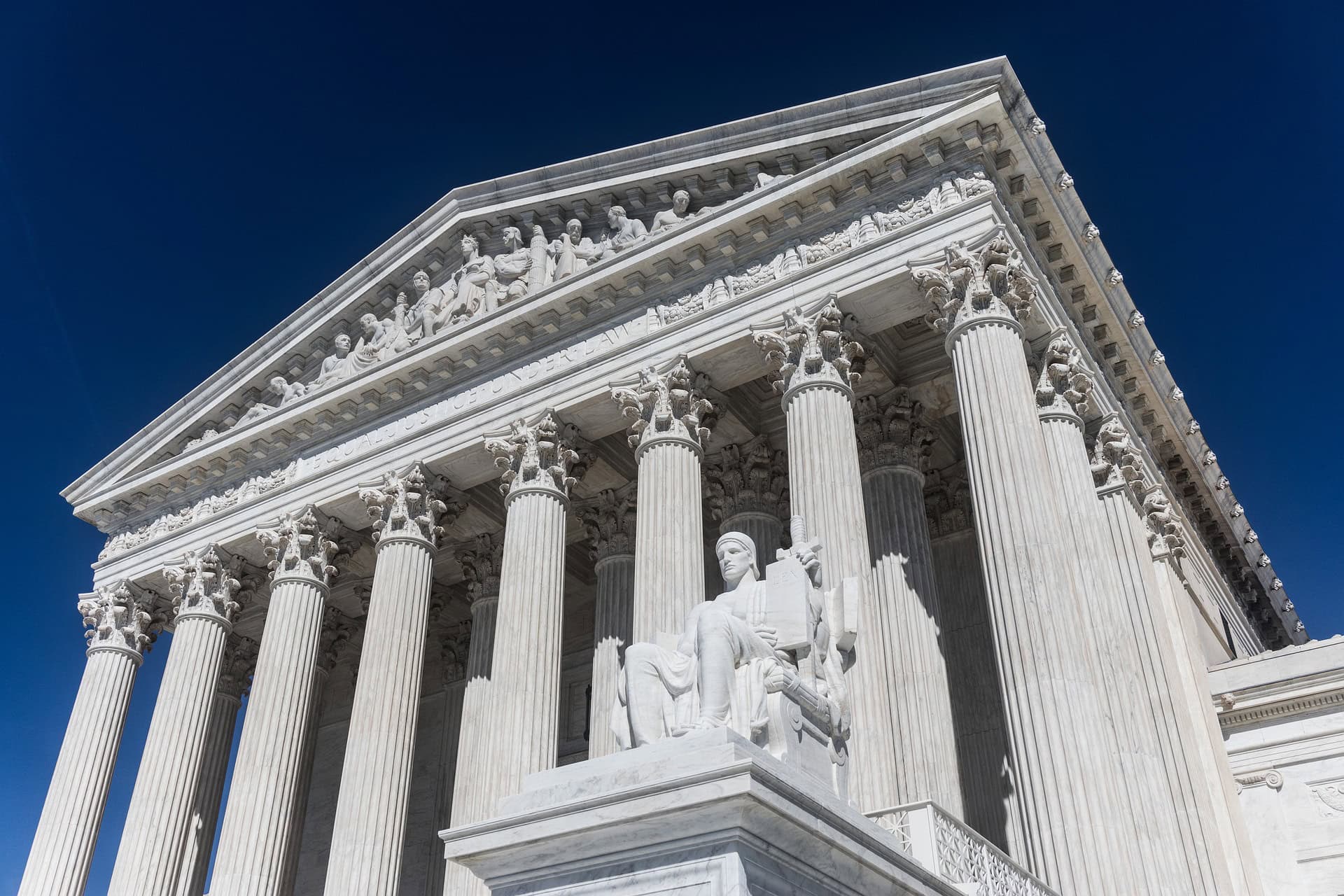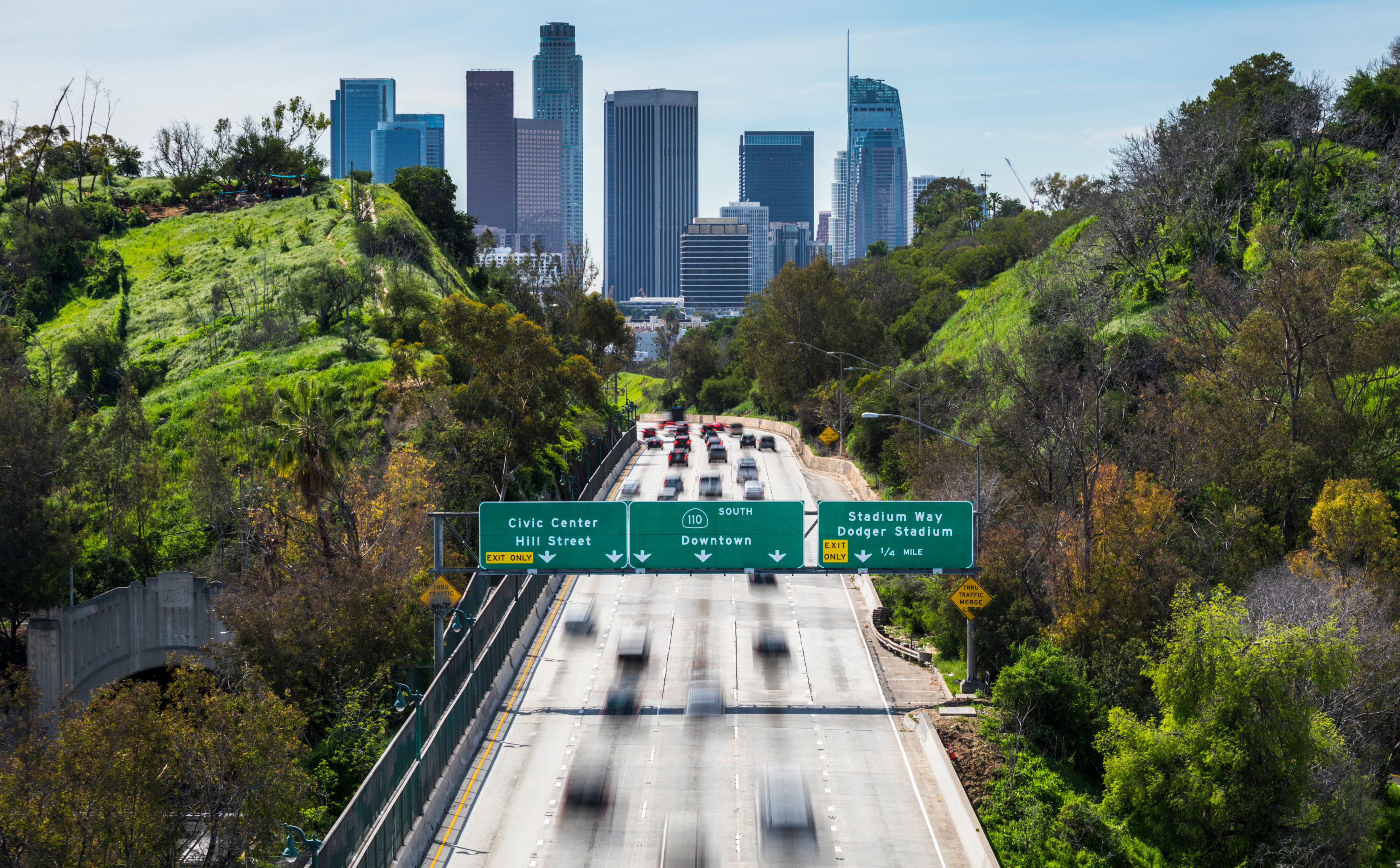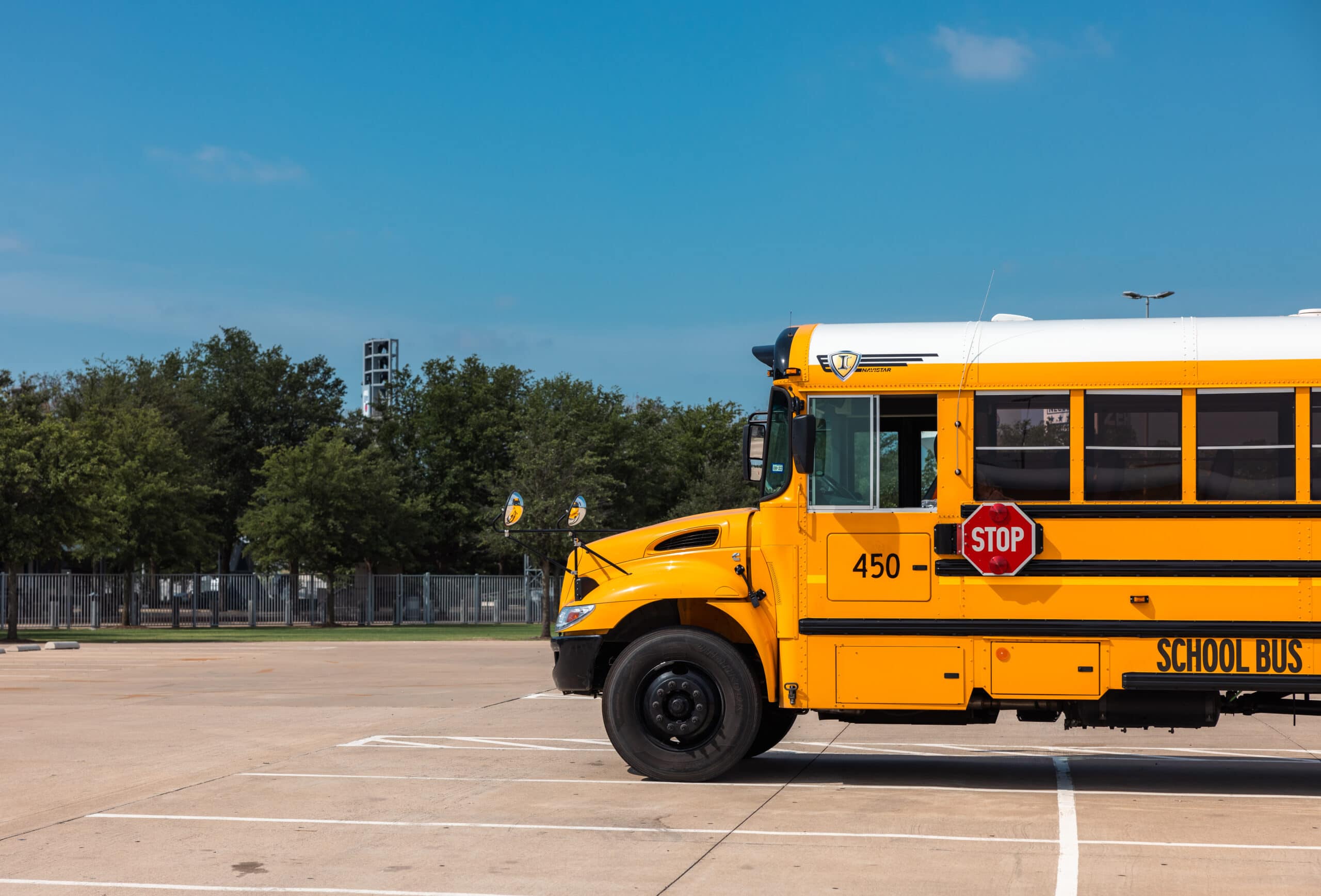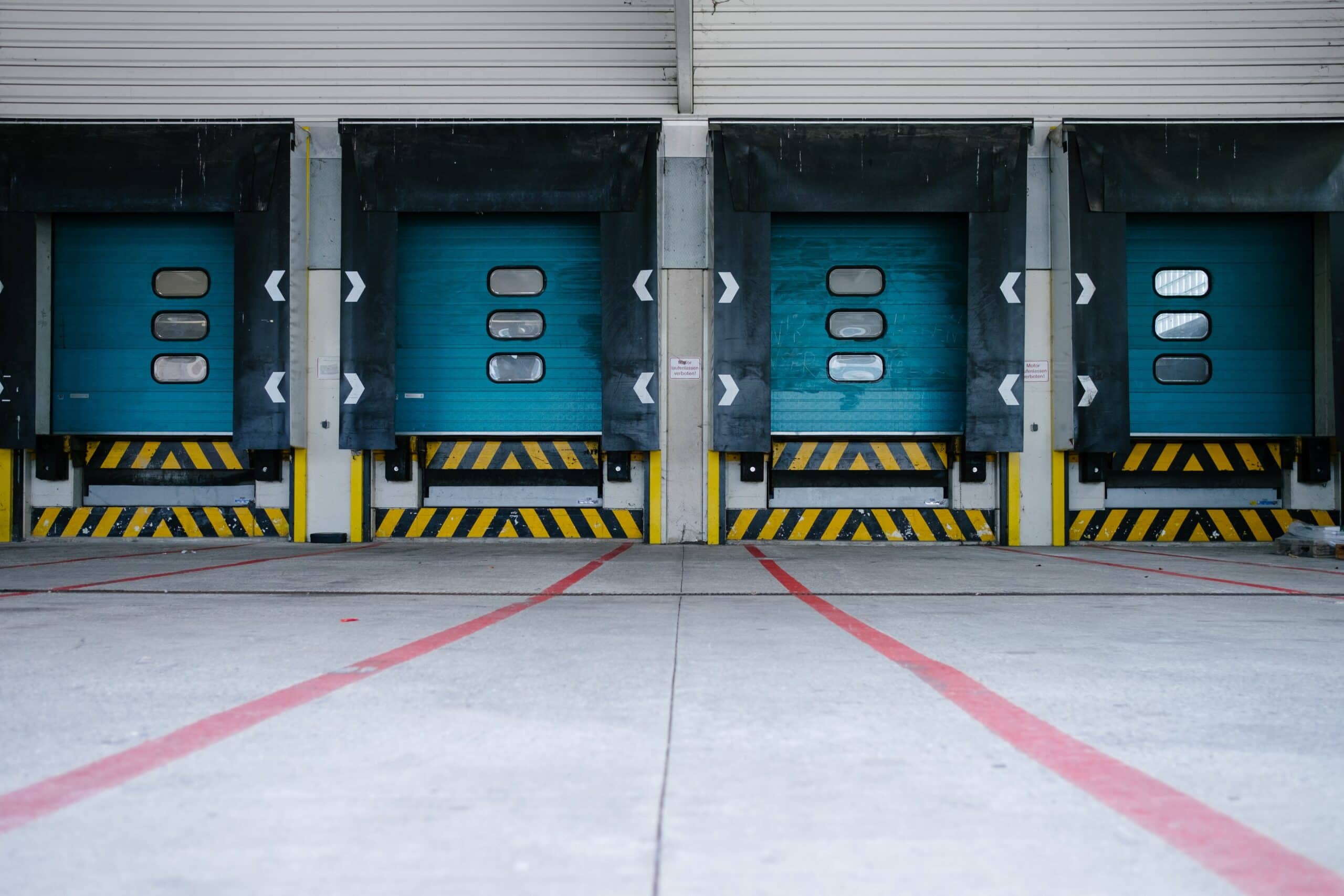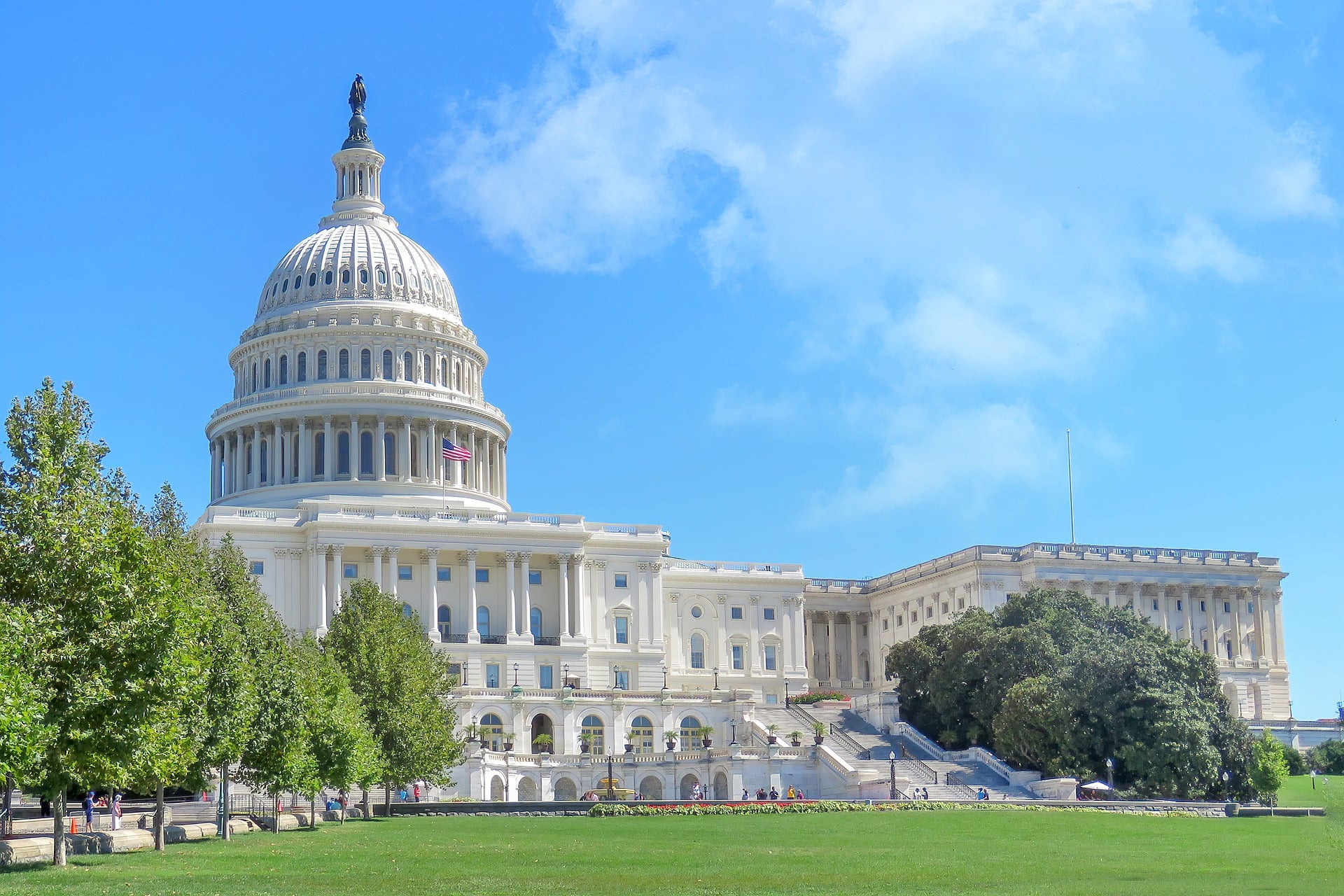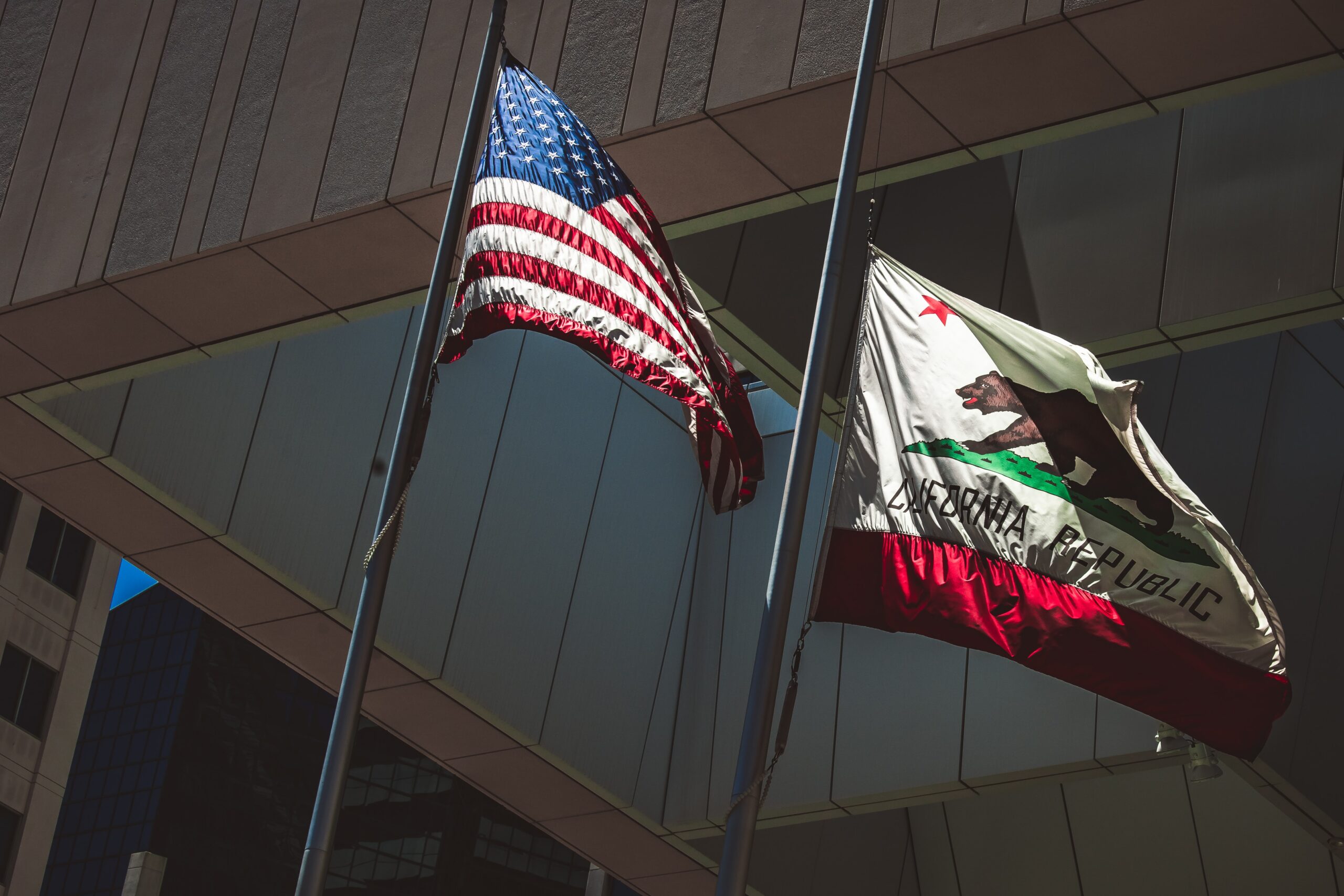Education Center / What Should You Know About Washington’s Clean Fuel Standard (CFS)?
Blog
Category: Environmental Credits, Low Carbon Fuel Programs, Regulatory
What Should You Know About Washington’s Clean Fuel Standard (CFS)?
CFS PROGRAM OVERVIEW
Washington State implemented its Clean Fuel Standard (CFS) on January 01, 2023—becoming the third state to launch a market-based transportation emissions program following California in 2011 and Oregon in 2016. The goal of Washington’s program is to gradually reduce the carbon intensity (CI) score of transportation fuels by 20% (based on 2017 levels) by 2034.
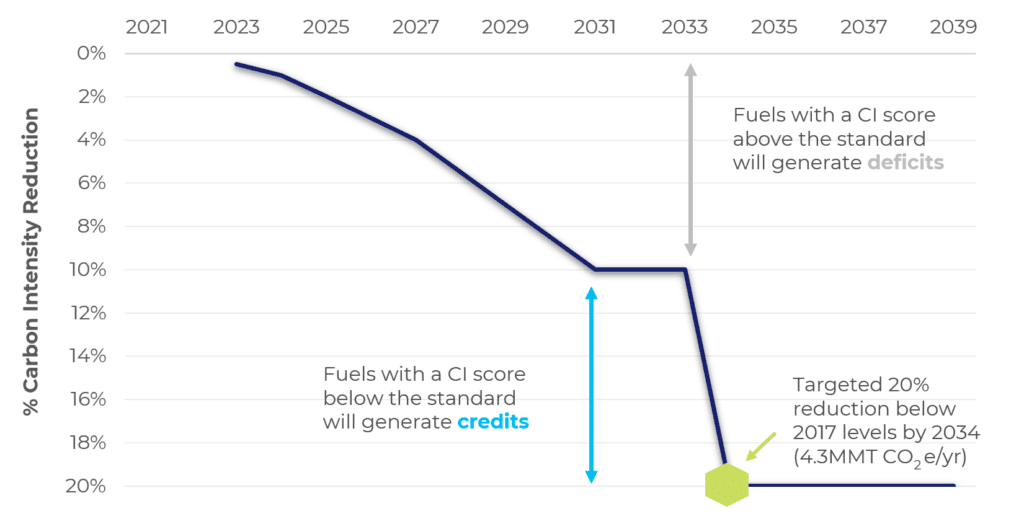
To accomplish this goal, Washington will require providers of fuels with a carbon intensity (CI) above the target threshold to purchase credits. These credits are generated from clean fuel providers with a CI below the established target (as shown below).
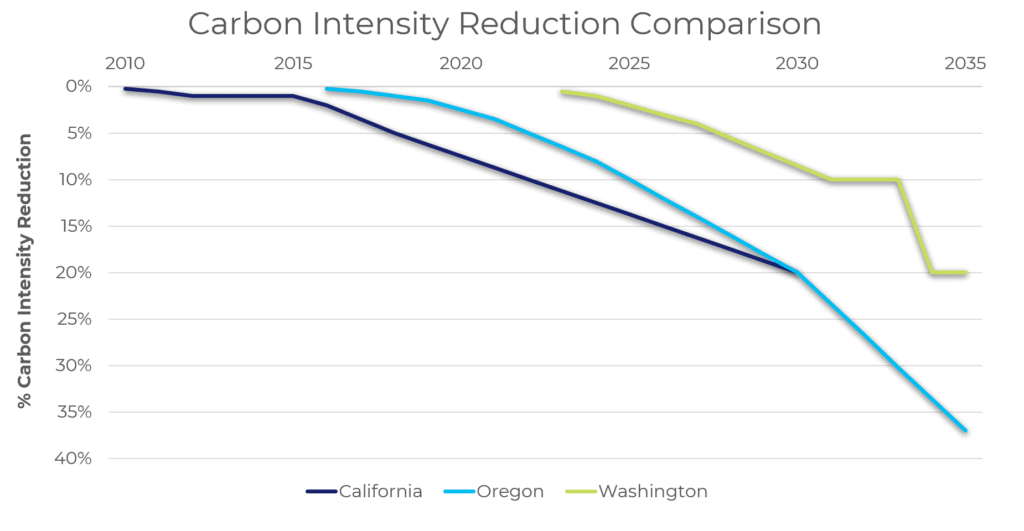
WASHINGTON’S NEED FOR A CLEAN FUEL STANDARD
Washington has a state-wide commitment to reduce greenhouse gas (GHG) emissions by 95% by 2050. Transportation is the largest source of emissions in Washington, accounting for 39% of the state’s total GHG emissions in 2019. The CFS program targets these emissions and will cut statewide GHG emissions by 4.3 million metric tons (MMT) a year by 2034—the equivalent of permanently taking over 900,000 cars off the road.
Other states have seen success from low-carbon fuel programs. California has experienced a 7.4% reduction in carbon intensity as of 2020, and since 2010, British Columbia’s LCFS and clean fuels regulation have helped avoid more than 10MMT of GHG emissions.
WASHINGTON’S CFS: FAQ’S
WHAT FUELS ARE SUBJECT TO REGULATION?
Under the CFS, there are certain fuel types subject to regulation as well as specific opt-in fuels, as shown in the table below.
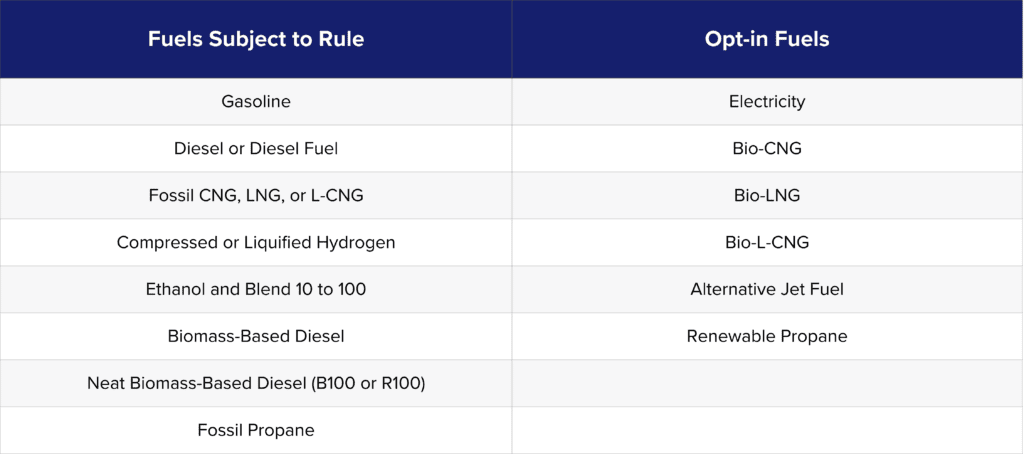
WHAT FUELS GENERATE CREDITS?
If a fuel has a lower carbon intensity than the standard (in that specific year), it will generate credits. The lower the carbon intensity of the fuel, the more credits it will generate. To comply with the CFS, each entity must apply for a fuel pathway to receive its unique CI score. Using the WA-GREET model as its calculation methodology, the Washington Department of Ecology will assign fuels a corresponding CI score. The table of annual carbon intensity standards is located here. If the fuel already has a carbon intensity value approved under California’s LCFS or Oregon’s CFP, the fuel will need to be adjusted using Washington’s GREET model.
WHAT ARE CFS CREDITS AND DEFICITS?
Each CFS credit represents one metric ton (MT) of carbon dioxide reduced. Credits are generated as a lower CI-score fuel is consumed within transportation. Fuels with a CI score higher than the target will generate deficits. Deficits need to be offset by generating or purchasing CFS credits.
A LOOK AHEAD
Along with its Clean Fuel Standard, Washington has also adopted the Advanced Clean Truck Rule. This regulation requires medium- and heavy-duty truck manufacturers to sell an increasing percentage of zero-emission medium- and heavy-duty trucks starting in 2024, as well as a ban on the sale of new, gas-powered vehicles that will go into effect in 2035.
Whether you’re unfamiliar with the program and looking for more information on how or curious if you’re getting the best value for the credits you’re already generating, U.S. Energy can help you navigate this new program and maximize your return. To connect with our team, reach out.

